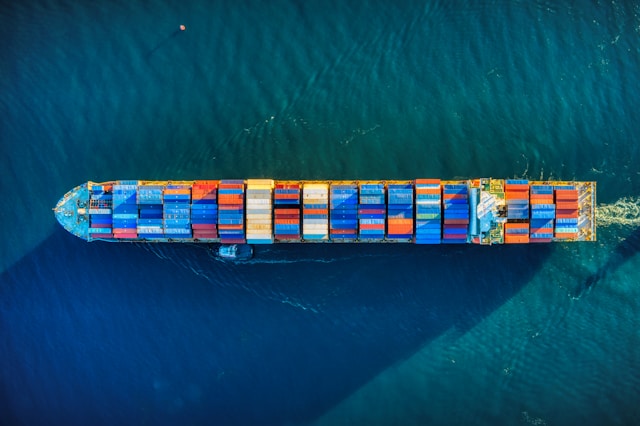
-
Global trade in the past few months have been seriously affected by disruptions of two critical shipping routes, namely the Panama Canal and the Suez Canal, according to the PortWatch platform
-
Trade in the Suez Canal dropped by 50%, while for the Panama Canal it sank by 32%
-
Shipping companies have diverted their vessels to the Cape of Good Hope, hurting companies with its longer delivery times by as much as 10 days
The Red Sea crisis has hit global trade hard in the first few months of this year, with disruptions affecting the Panama Canal and Suez Canal sea routes, data from the PortWatch platform shows.
Trade in the Suez Canal fell by 50%, while for the Panama Canal it sank by 32%, disrupting supply chains and skewing key macroeconomic indicators, according to PortWatch, an open platform designed to monitor and simulate disruptions to maritime trade flows. It is a collaboration between the International Monetary Fund and the Environmental Change Institute at the University of Oxford.
Attacks on vessels in the Red Sea have proven deadlier, resulting in loss of goods as well as lives of seamen. The Suez Canal provides the shortest maritime route between Asia and Europe, thus affecting some 15% of global maritime trade.
Some shipping companies have diverted their vessels around the Cape of Good Hope, increasing delivery times by as long as 10 days. The diversion has proven especially hard for companies with limited inventories.
The Panama Canal, meanwhile, has been hard hit by the severe drought caused by the El Nino weather phenomenon, forcing authorities to impose restrictions. These have severely cut daily ship crossings since the last quarter of 2023. The Panama Canal previously accounted for 5% of global maritime trade.
Data from the PortWatch platform shows that the volume of trade through the critical shipping lanes confirm the worrisome drop in both the Panama and Suez canals, while the volume of trade at the Cape of Good Hope has skyrocketed by some 74%, compared to last year.
The platform likewise shows that in the first two months of this year, there was a 6.7% drop year-on-year in port calls to 70 ports tracked in the sub-Sahara Africa region.
Corresponding drops for the European Union and the Middle East and Central Asia were 5.3%.
Ripple effects of the drops in trade volume may hamper supply chains in various countries, and trigger inflationary pressures due to the higher shipping costs.
The shipping disruptions may have an impact on recorded imports and exports, making it harder to accurately register global trade and economic activity in the near future.
Low income countries will be the most affected, as their revenues from imports and exports will be lower than expected.




